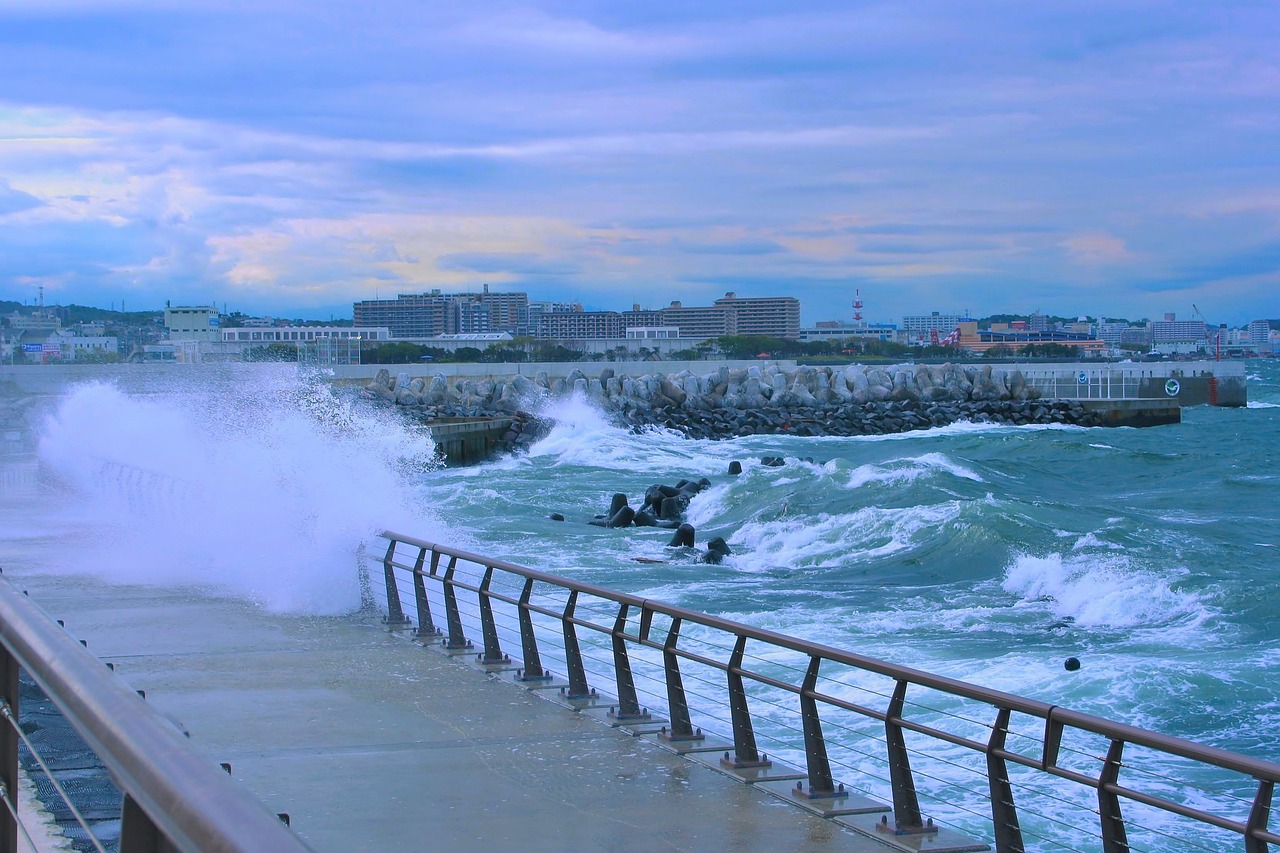
The death toll from typhoon „Lekima“ in China has risen to 28. In addition, 20 people were missing, reported the state news agency Xinhua today.
According to that, most of the dead were in Yongjia County (Zhejiang Province). There, in the village of Yantan, due to the heavy rains, a landslide had occurred that dammed a river, creating an artificial lake. Its masses of water finally broke and drag people away.
With heavy rain, high waves and storm gusts, „Lekima“ had reached the Chinese mainland yesterday. The hurricane, for which the authorities had initially issued the highest warning level, raged in the morning in the eastern Chinese city of Wenling and then moved further north. The state weather bureau subsequently lowered the warning level for the typhoon from „red“ to „orange“ after the storm had lost some of its strength.
One million people brought to safety
More than a million people were brought to safety. State media showed images of flooded roads as well as fallen power pylons and trees. „Lekima“ caused heavy rains in the megacities of Hangzhou and Shanghai. The provinces of Anhui, Fujian and Jiangsu were also affected.
In Shanghai, numerous attractions, museums and parks have been closed. For the first time, the Disneyland in Shanghai, which opened in 2016, had to be closed due to bad weather. Also, the maglev train, which actually goes to Shanghai Pudong Airport, ceased operations. Many express trains in eastern China have been discontinued.
Hundreds of flights canceled in Taiwan
Previously, the typhoon raged in Japan and Taiwan. He brought a lot of rain to northern Taiwan, as a result, according to authorities, more than 3,000 households without electricity. More than 500 flights have been canceled. A 64-year-old man died in a tree fall. More than 2,500 people in flood-prone areas were brought to safety.
In Japan, more than 60 flights and about 150 ferry services had been canceled in the Ryukyu region. At least four people in Okinawa Prefecture were injured, local media reported.
„Lekima“ is the ninth typhoon in the region this year. The strong hurricanes occur again and again in the summer months and affect numerous states in Southeast Asia.



